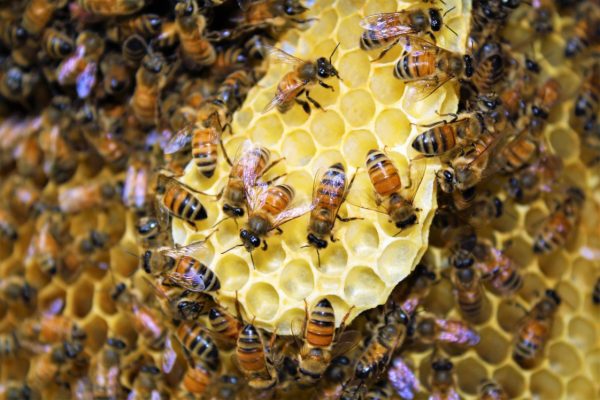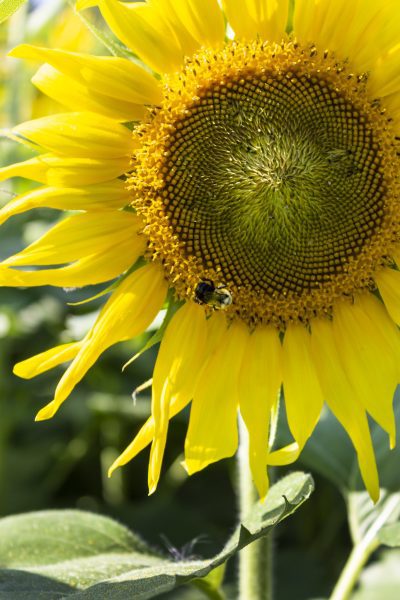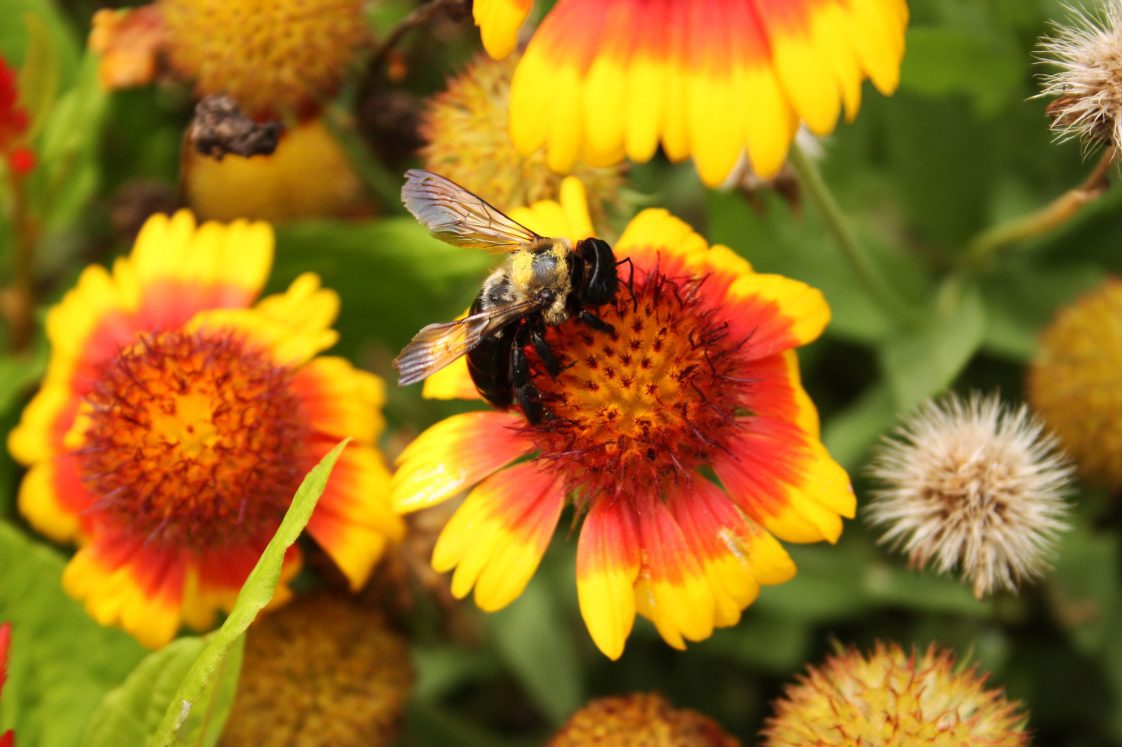Lawn & Garden

AUBURN UNIVERSITY, Ala.— “The hum of the bees is the voice of the garden,” is a quote that rings true throughout much of the year in Alabama backyards. However, the buzz gets quieter as summer continues into the fall. Because the relationship between bees and plants is unique and mutually beneficial, there are several ways that home gardeners can make the bees’ lives easier.
Much like the support avid hummingbird watchers provide to hummers throughout the hot summer, bees can benefit from some targeted tender loving care in your yard or home garden.
Kerry Smith, an Alabama Cooperative Extension System administrator of horticulture outreach programs, said there is an abundance of flowering plants during the spring and early summer, but gardeners overlook planning the fall flower garden. Because it’s difficult to establish new plants in the summer heat, it’s important to plant fall bloomers in later winter and early spring.
“Paying special attention to have fall blooms around your home and garden will make a difference, as pollinators work to store up food for the cold winter,” Smith said.
Supporting Honeybees and Native Bees
 Honeybees and native bees visit flowers to collect pollen and nectar for food. Pollen is essential to bees because it is their only natural source of protein. Without it, colonies would be unable to produce new bees and would eventually die.
Honeybees and native bees visit flowers to collect pollen and nectar for food. Pollen is essential to bees because it is their only natural source of protein. Without it, colonies would be unable to produce new bees and would eventually die.
Allyson Shabel, an Alabama Extension urban home grounds regional agent, said to produce honey successfully, beekeepers must have their colonies at peak strength when the major nectar-producing plants in their area begin to bloom.
“It is important for beekeepers to have a working knowledge of the nectar and pollen-producing plants in the vicinity of their apiaries,” Shabel said. “It is also important for the bees’ neighbors to understand their seasonal needs.”
A plant’s production and secretion of nectar are affected by many factors, such as soil fertility, moisture and acidity as well as garden location. For maximum honey production, consider allowing wildflowers to reseed nearby for supplemental bee pasture.
In addition to helping honeybees, it is also important to support native bee species. Jack Rowe, an Alabama Extension forestry, wildlife and natural resources regional agent, said neighboring honeybees are useful for home gardens. However, home-garden plantings are more likely to attract native bees such as bumblebees, leafcutting bees and mason bees.
“These insects will visit the home landscape more than honeybees, who tend to depend on large resources such as orchards and farm fields,” Rowe said. “It is important to support our declining native-bee populations, as they do most of the pollination in home landscapes.”
Fall Nectar and Pollen Plants of Alabama
 Smith and a host of colleagues with Alabama Extension have developed a list of plants that grow year-round and are beneficial for bees. Plants that grow and flower in the fall include the following:
Smith and a host of colleagues with Alabama Extension have developed a list of plants that grow year-round and are beneficial for bees. Plants that grow and flower in the fall include the following:
- Sedum
- Virginia virgin’s bower
- Many salvias
- Hyssop
- Horsemint and other bee balm species
- Boneset
- Buckwheat
- Cotton
- Moss rose (Purslane)
- Numerous species in the Aster family
- Ironweed
- Goldenrod
- Sunflowers
More Information
Learn more about beneficial plants for honeybees in the Alabama Extension publication, Nectar and Pollen Producing Plants of Alabama a Guide for Beekeepers. Also, other information is available in the Protecting Pollinators in Urban Areas publication series. Both resources are available at www.aces.edu.

